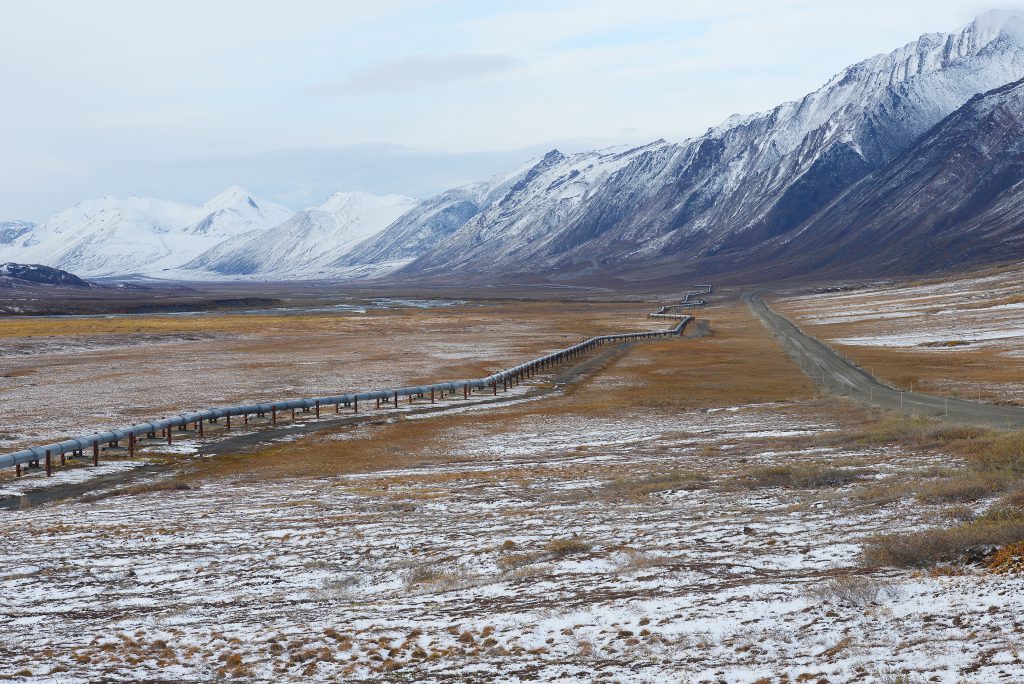The Willow Project: What This Means for America

The Willow Project, also known as the Willow Master Development Plan, is an oil drilling project in Alaska’s North Slope. The project has been controversial due to its potential environmental impact and the economic benefits it offers. Below we provide a timeline of the Willow Project, its current status, and its future. We also examine its impact, both positive and negative.
Timeline of the Willow Project
The Willow Project was first proposed by ConocoPhillips in 2017. The company applied for permits from the Bureau of Land Management (BLM) to conduct seismic exploration and drilling on federal land in the National Petroleum Reserve-Alaska. In 2018, the BLM issued a draft environmental impact statement (EIS) for the project, which outlined the potential ecological impacts of the project and proposed mitigation measures.
In September 2019, the BLM released a final EIS for the project, which recommended the issuance of permits for the Willow Project. In October of the same year, the BLM issued a record of the decision, which approved the project.
However, the project faced legal challenges from environmental groups and the Native Village of Nuiqsut, a community located near the proposed drilling site. The groups argued that the project would harm the local environment and violate the rights of indigenous peoples.
In February 2021, the Biden administration suspended the permits for the project, citing concerns about its environmental impact. The administration ordered a review of the project’s permits and environmental impact statement.
Current Status of the Willow Project
In March of 2023, the Biden administration announced its approval of the Willow Project, with certain conditions aimed at mitigating the project’s impact on the environment and Indigenous communities. The project is expected to generate significant revenue for ConocoPhillips and the state of Alaska and create jobs and support local economies. The company estimates that the project could produce up to 160,000 barrels of oil per day by 2024. The project’s opponents argue, however, that it will harm the environment and violate the rights of indigenous peoples. Let’s take a closer look at the main pros and cons of the initiative.
Impact of the Willow Project
Pros
- Job creation and economic benefits: The Willow Project is expected to create thousands of jobs in Alaska and generate billions of dollars in revenue for the state and federal governments. The project will also create jobs in support industries like transportation and logistics.
- Energy independence: The Willow Project was part of former President Trump’s administration’s “energy dominance” policy, which aims to make the US energy independent by increasing domestic oil and gas production. The project will help reduce the US’s dependence on foreign oil and increase its energy security.
- Tax revenue: The project will generate significant tax revenue for the state and federal governments. This revenue can be used to fund public services and infrastructure projects.
Cons
- Environmental impact: The Willow Project is located in an ecologically sensitive area, and its development could harm the local environment. The project could disrupt wildlife habitats and cause air and water pollution.
- Climate change: The Willow Project will contribute to greenhouse gas emissions, which are a major cause of climate change. The project’s opponents argue that the US should be moving away from fossil fuels and investing in renewable energy instead.
- Indigenous rights: The Willow Project will impact the traditional lands and subsistence resources of the indigenous peoples in the area. The Native Village of Nuiqsut has expressed concerns that the project will harm the subsistence resources that the community relies on for food and cultural practices.
Conclusion
The Willow Project has been controversial due to its potential impact on the environment and Indigenous communities in the area. While the project has the potential to generate significant economic benefits for America and enhance the country’s energy security, it also poses substantial risks to the environment and Indigenous rights.
The Biden administration’s approval of the project with certain conditions aimed at mitigating these risks represents a significant shift in US energy policy towards greater consideration of environmental concerns. Ultimately, the Willow Project’s success will depend on ConocoPhillips’ ability to operate responsibly, in a way that minimizes the project’s environmental impacts, and on federal agencies’ ability to provide adequate oversight that the company is doing so.
